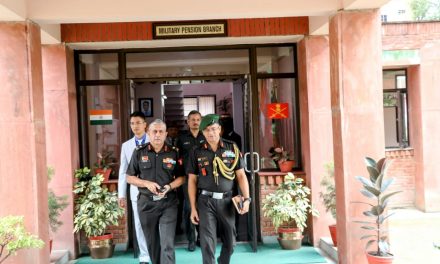Raju Raya
There has been a long debate around ability of capital expenditure to boost long term growth within Nepalese economy. Capital expenditure is expected to achieve the economic growth through a multiplier effect. A lack of capital expenditure is often criticized as neglecting long term targets of economic growth and employment. The creation of capital assets will generate future cash flows for the economy and adds to value creation. As capital expenditure work through multiplier effect it creates effect through expansion of ancillary industries and services and job creation. It also facilitates labour productivity. Thus, capital expenditure is an effective tool for countercyclical fiscal policy and acts as a macroeconomic stabilizer.
Concerns
The multiplier effect will not take account as people hold idle cash out of fear of unforeseen expenses and survival paramountcy during possible future lockdowns. Inflation induced price rise in food and health also affect the multiplier effect as household would tend to spend much in consumption items. Also, capital expenditure funded by government through heavy domestic borrowing has potential of crowding out capital expenditure by the private sector. During the first wave of Covid-19 a nationwide lockdown, implemented during March –July 2020 impacted economic activity in the last four months of FY20. As a result, output contracted by an estimated 1.9 percent in FY20. Wholesale and retail trade, tourism, transport, and associated services such as hotels and restaurants –which are all important drivers of growth – were particularly impacted. In the first half of FY21 (Mid July 2020- Mid Jan 2021) growth has been remained sluggish, given that tourism activity was stalled and private investment constrained by risk aversion and uncertainty.
For the viability of the project, Internal Rate of Return (IRR) should be greater than hurdle rate or cost of funding. The IRR depends on generation of net cash flow from the project over the lifetime and hurdle rate is decided by cost of raising capital for the implementation of a project. So, IRR should be greater than HR in order to contribute in economy.
The way forward
The current emphasis must also be provided on timely implementation of National Pride Projects and other ongoing projects. The maintenance, repair and operations expenditure, which is part of revenue expenditure, will have to be monitored during project implementation to see to it that it goes on to increase the ability of the capital assets to deliver the projected benefits during the lifetime of the asset. The government should also aim to cut down on inefficient revenue expenditure and focus on creating a balanced and stable virtuous cycle which can have positive effects in long term. This will help set the foundation for stimulating growth and future investment, while eventually leading the economy to overcome the recessionary pressure if COVID second wave prolongs.
(Mr. Raya is Assistant Director at Nepal Rastra Bank)





